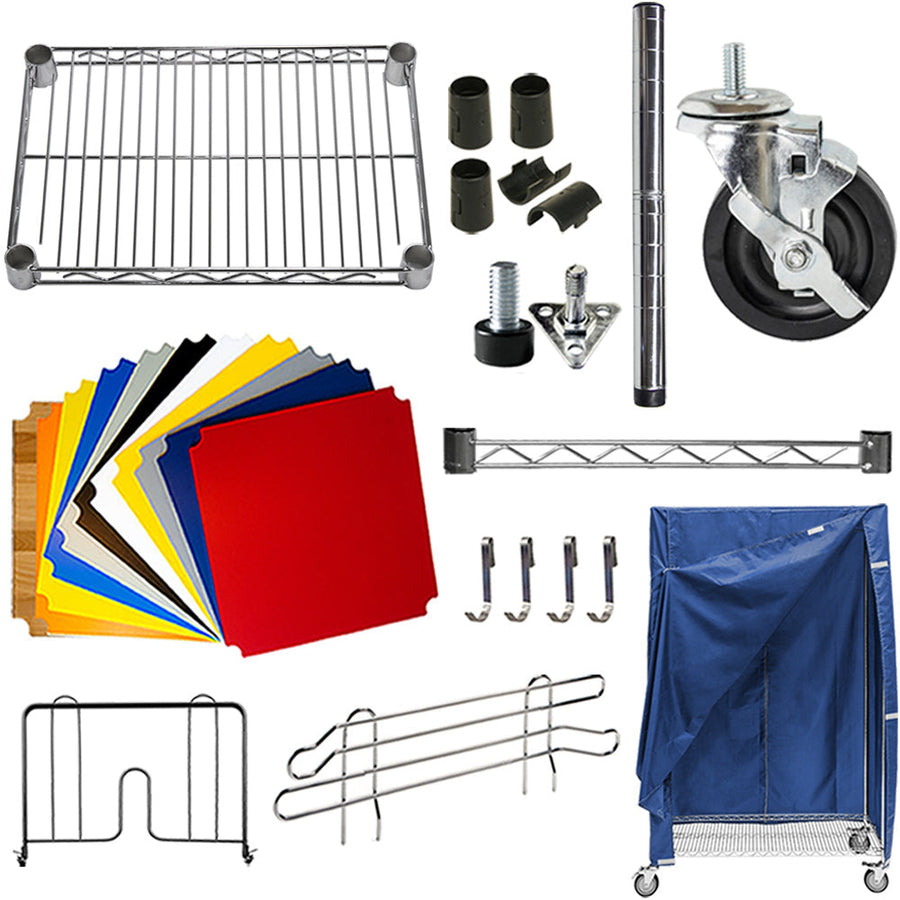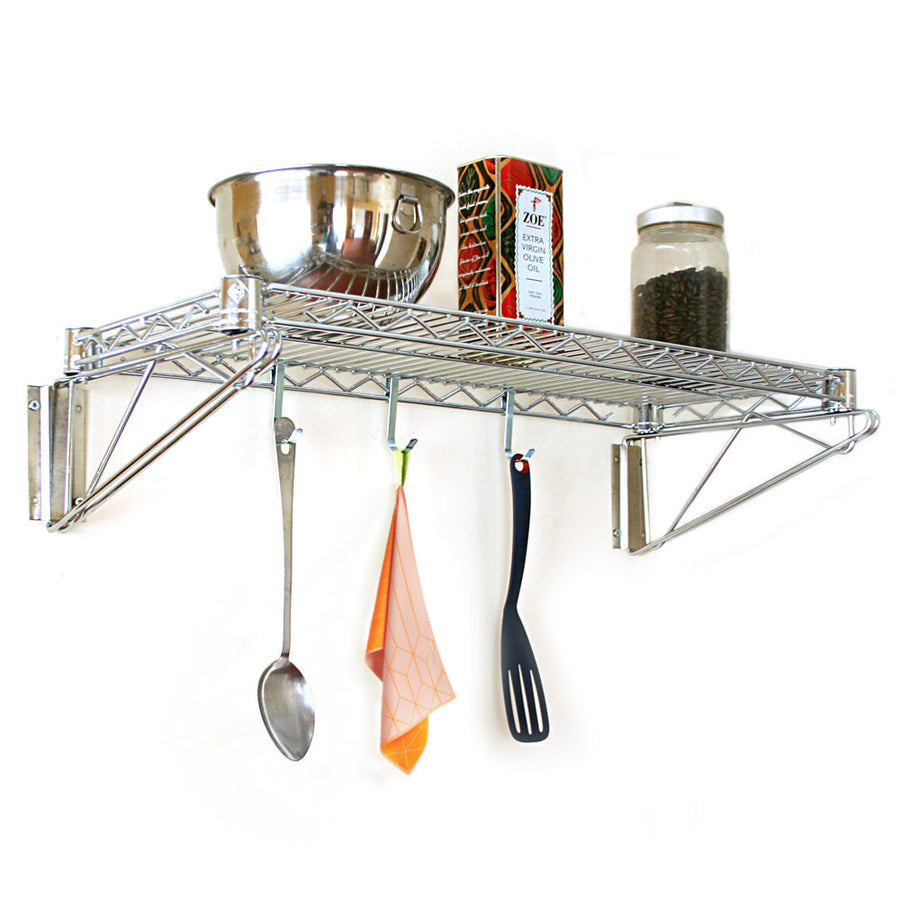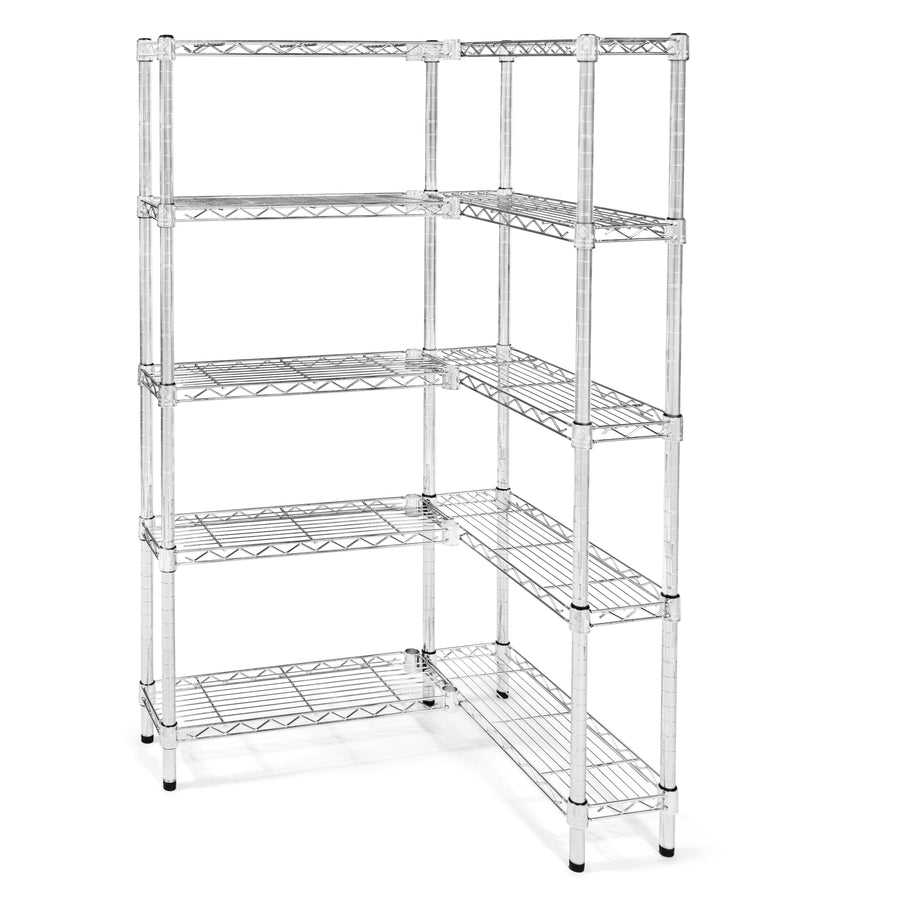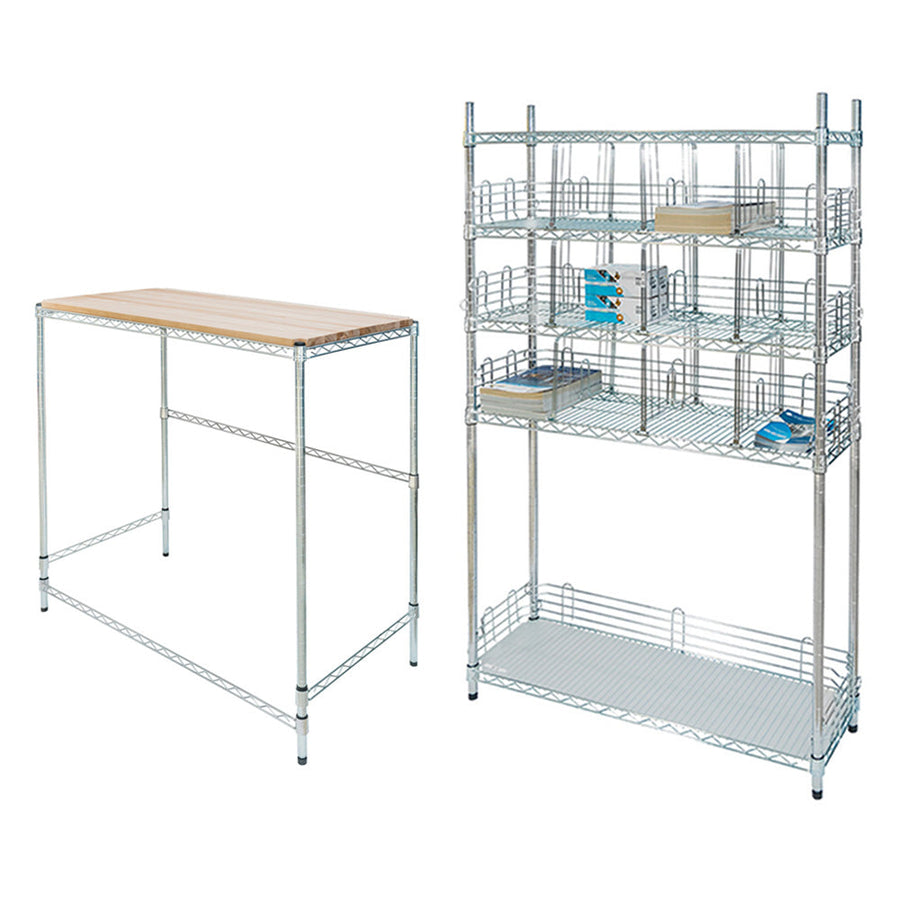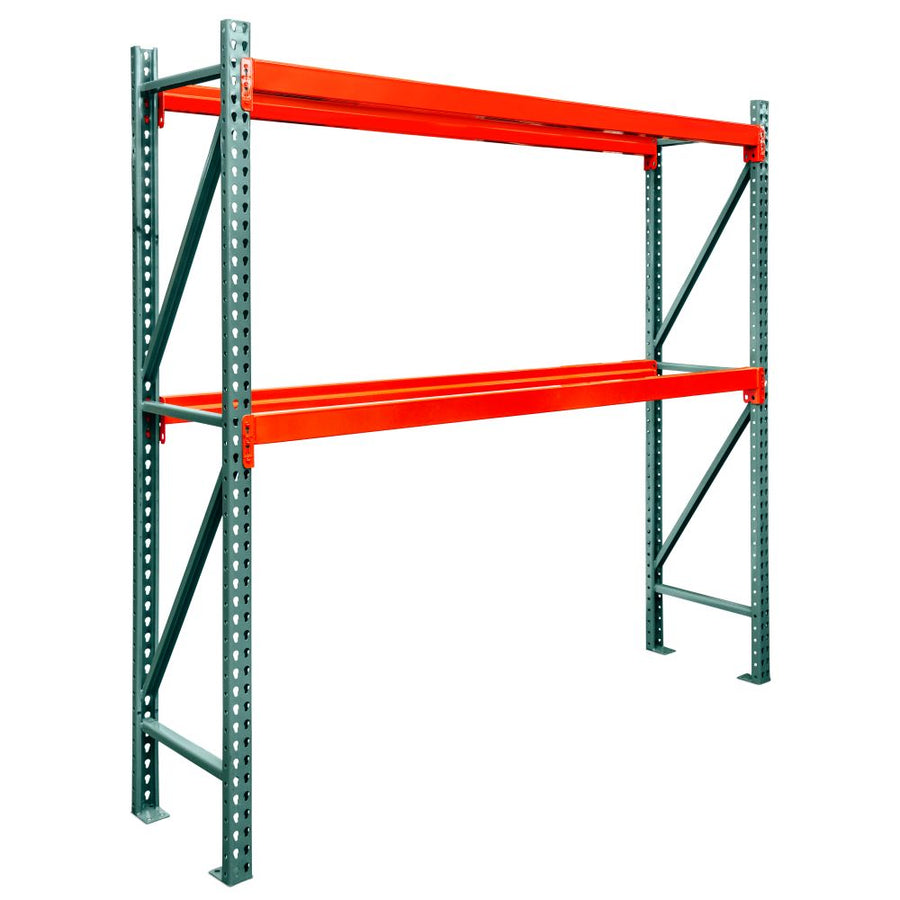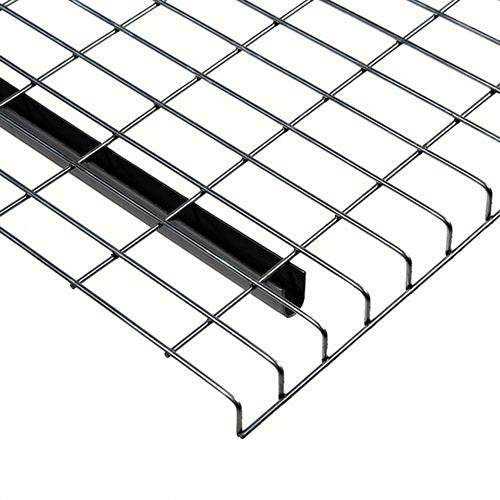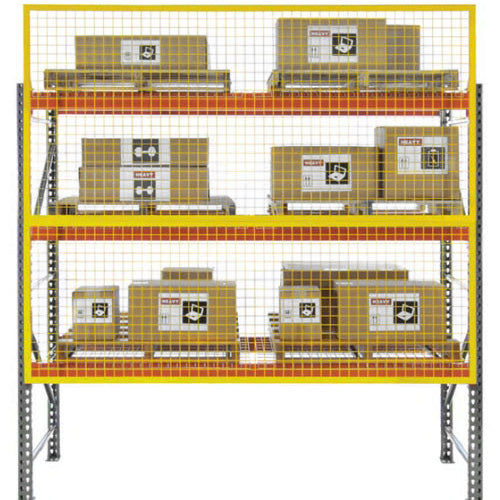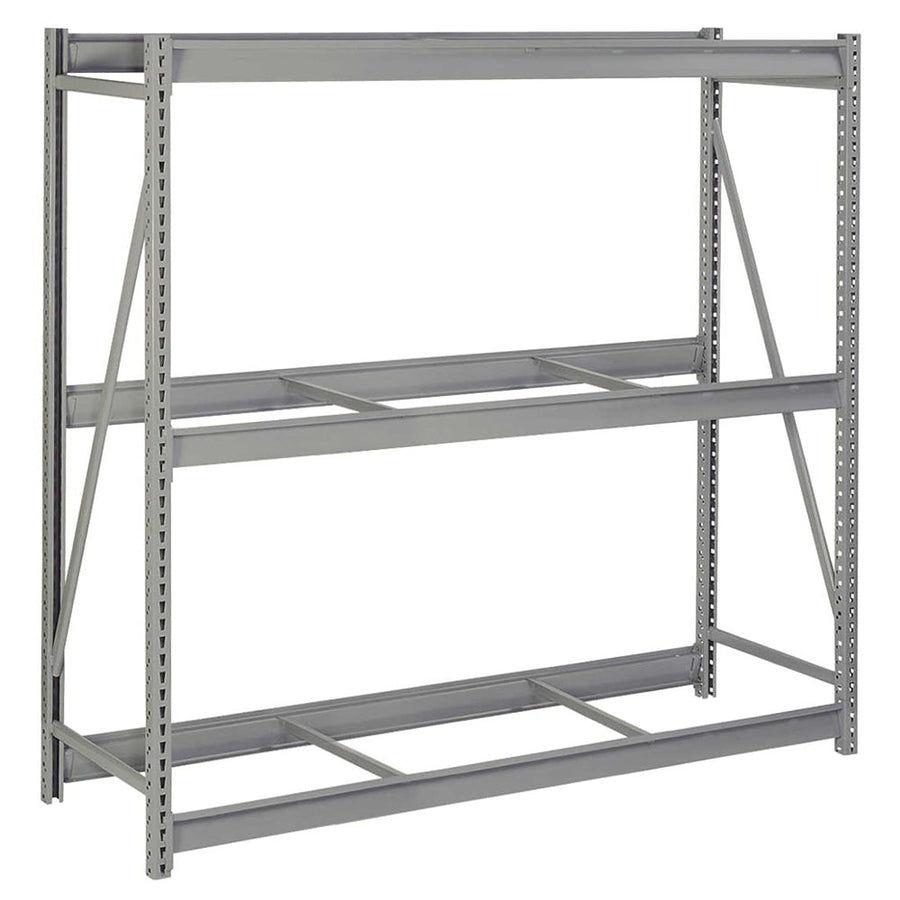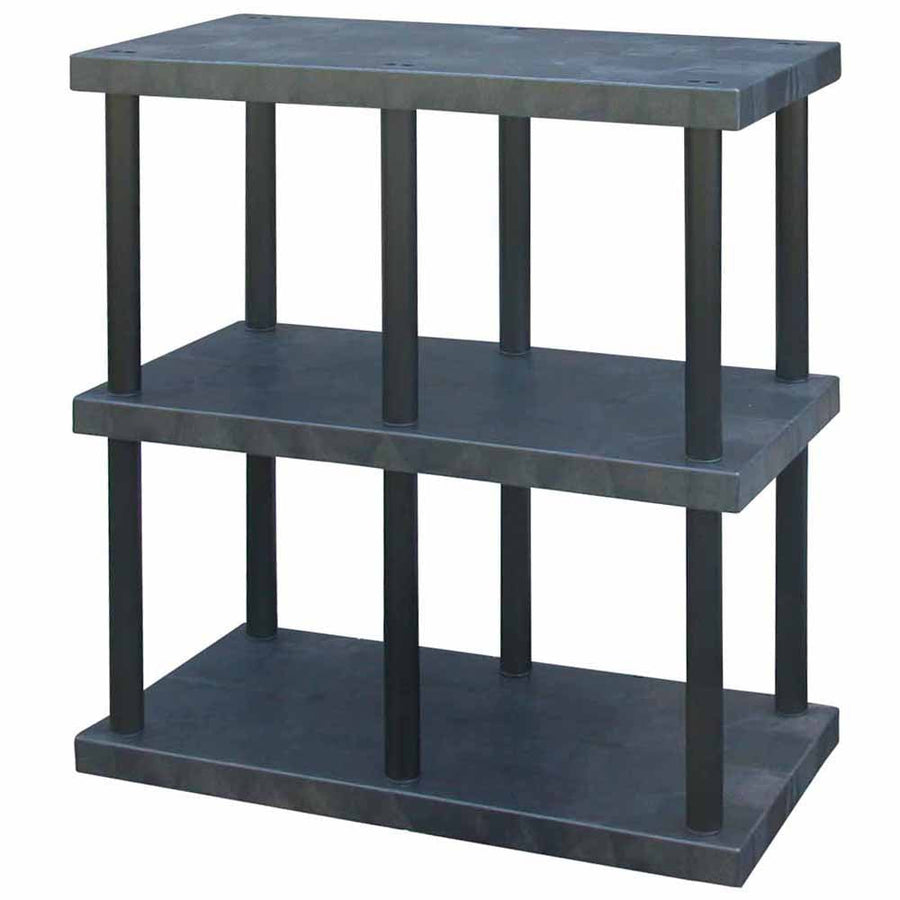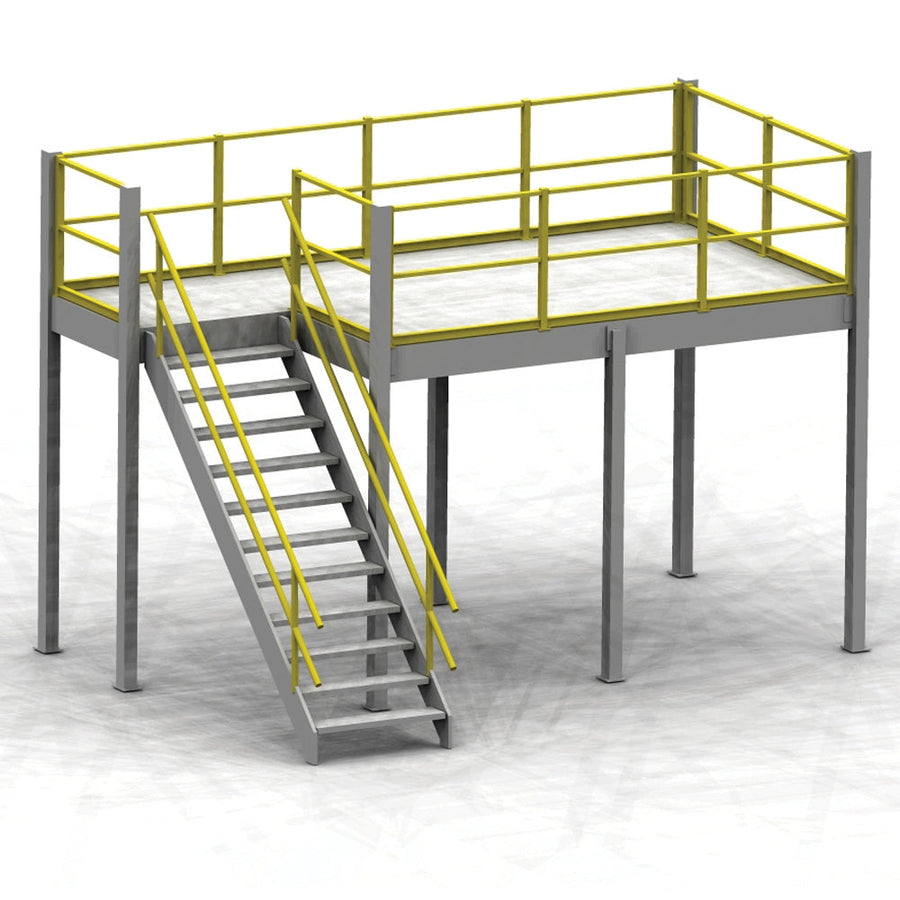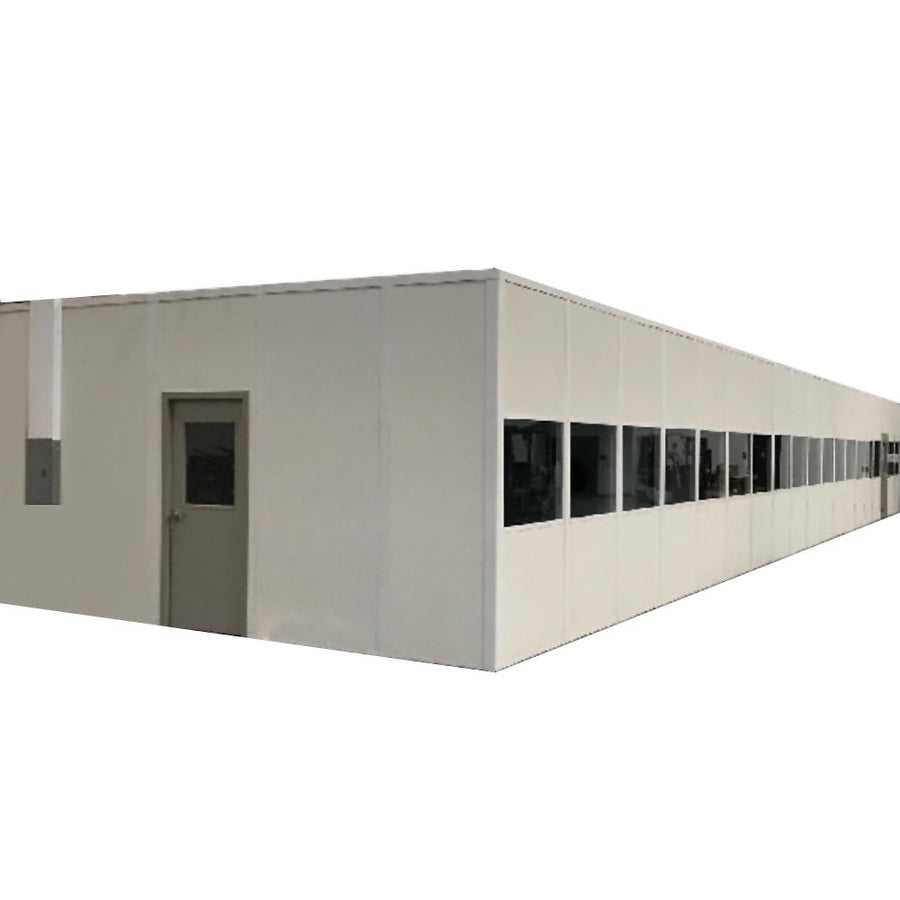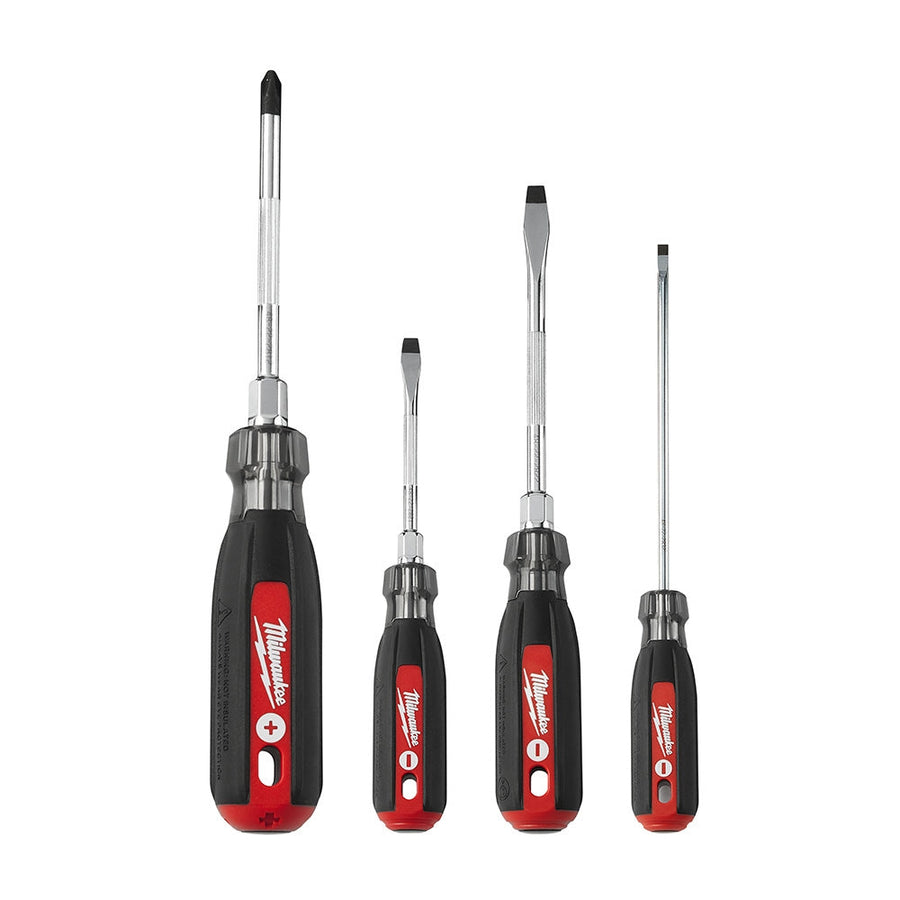Warehouse forecasting can wind up being the solution to - or cause of - many of your warehouse’s problems.
With the important role that forecasting plays in your overall inventory strategy, any issue with your forecasting strategy can have a profound impact on the way your warehouse operates and processes shipments. The downside to these issues is that it can be even more difficult to identify where the issues stem from, and how they’ve affected your inventory strategies across the board.
What is inventory forecasting?
Inventory forecasting, sometimes referred to as “demand forecasting” or “demand planning”, is the process of calculating how much of a given product you’ll need to fulfill the expected demand.
Typically, inventory forecasting takes into account information from across the entire lifespan of a product, including historic sales data, upcoming promotions or sales, and external factors such as supply chain issues and vendor requirements. All of this information is pooled together to create a prediction - or forecast - of how much of a given product you may need at certain times of the year.
This process differs from inventory replenishment in that inventory forecasting works to determine how much of a given item you’ll need at any time, whereas inventory replenishment is the act of reordering a product from your needed supplier, vendor, or manufacturer.
How to Identify & Prevent Inaccurate Inventory Forecasting
While inventory forecasting can be an important & helpful tool when it comes to planning your stock levels, there’s several common issues that you can encounter while trying to plan your inventory forecasts for the next period, including:
Incorrectly-planned seasonality
Understanding how much stock you need of a given item goes above and beyond standard sales figures - it also requires you to understand how your customers behave at different points in time.
No matter what industries your warehouse serves, your products and services will be just as impacted by seasonal trends as any other one. Items that sell more quickly in summertime probably don’t need to be restocked in December, and any product that moves more quickly around a given holiday may not perform the same during another.
Planning to buy the wrong items at the wrong time of year can lead to a lot of unmoved stock taking up space on your warehouse shelves, and these issues can add up over time. Always check the degree of variance in ordering a given product to identify the ‘norm’, and plan to stock up or down throughout the year accordingly.
Not working with your sales or planning teams
Sometimes issues with forecasting can be boiled down to simple miscommunication. While you may have the data on what product comes into or out of the warehouse at any given time, your sales or marketing departments could have crucial information that you don’t have access to. If it seems like a product has slowed up or down unexpectedly in sales, work with your sales teams to determine what has been higher in customer-demand and which items they may have been trying to highlight as part of a recent outreach campaign.
Improving inter-team communication can go a long way towards preventing incorrect inventory forecasts, and can help your warehouse perform better overall.
Working with incomplete data
A lot of sales data tends to focus on a small number of prominent factors, including units moved and cost per unit.
This data, however, tends not to factor in sudden changes in behavior. If a product begins to sell more quickly due to a sudden social media trend, a prominent review of said product, or even the introduction of similar products from competitors, it may lead to fluctuations in sales that your forecast isn’t equipped to review. By taking macro and micro sales trends into account such as Google trends, customer feedback, and short-term changes in sales behavior, you can get a better overall idea of how much a product sold, what period it was selling the best in - and why it was selling the way it did.
Not planning for external factors
“Supply chain issues” is a phrase many of us have gotten pretty tired of hearing over the past few years, but the fact of the matter is that these issues are a long way from getting resolved and realistically won’t ever truly be resolved. If you’re predicting a high demand for a certain item, make sure to work with your vendors to ensure they’ll be able to meet this demand - and have an alternative source plan to offer if they can’t.
That said, sometimes external factors can actually be positive ones. If popular opinions and trends change towards certain types of goods or products, your warehouse may find itself moving those goods more frequently than predicted. Things like new laws, requirements, or restrictions can have the opposite effect, and the only way to accommodate for these changes is to stay aware.
Improper warehousing of needed goods
Sales forecasting can be easily affected by things like miscounted items, incorrectly stored goods, and missing shipments, due to the impact these can have on your overall inventory levels. Make sure you have the right kind of storage for your inventory, such as bulk storage shelves for larger goods that need to be stored safely, to ensure that nothing gets damaged or misplaced when it's needed the most.



